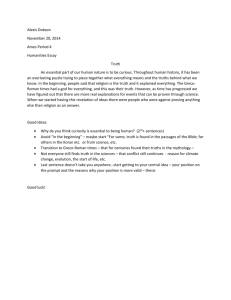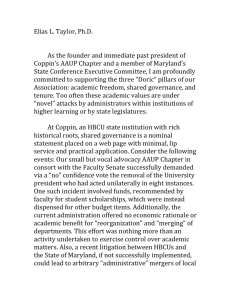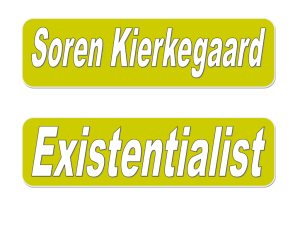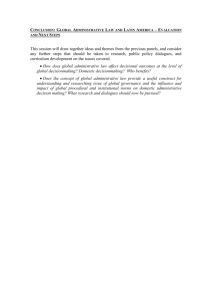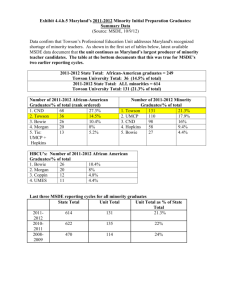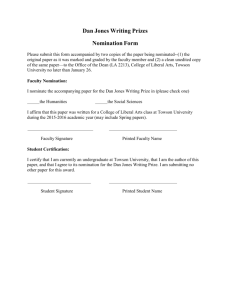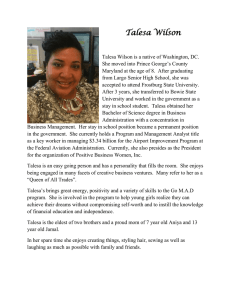Data Analysis Article - Hastings Public Schools
advertisement
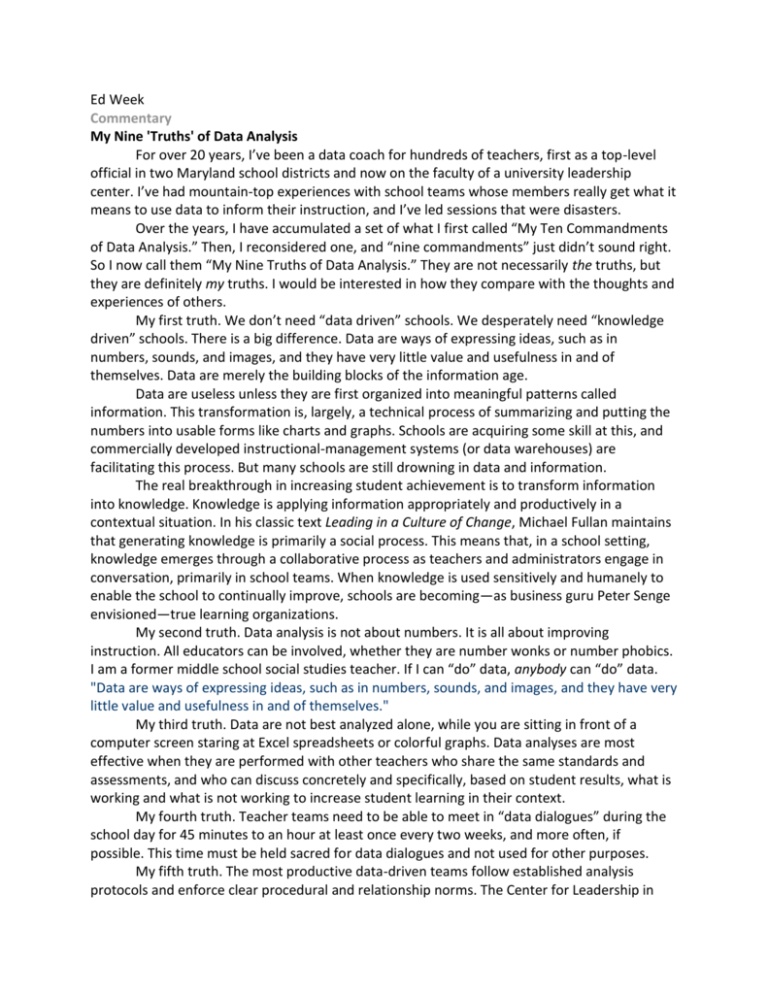
Ed Week Commentary My Nine 'Truths' of Data Analysis For over 20 years, I’ve been a data coach for hundreds of teachers, first as a top-level official in two Maryland school districts and now on the faculty of a university leadership center. I’ve had mountain-top experiences with school teams whose members really get what it means to use data to inform their instruction, and I’ve led sessions that were disasters. Over the years, I have accumulated a set of what I first called “My Ten Commandments of Data Analysis.” Then, I reconsidered one, and “nine commandments” just didn’t sound right. So I now call them “My Nine Truths of Data Analysis.” They are not necessarily the truths, but they are definitely my truths. I would be interested in how they compare with the thoughts and experiences of others. My first truth. We don’t need “data driven” schools. We desperately need “knowledge driven” schools. There is a big difference. Data are ways of expressing ideas, such as in numbers, sounds, and images, and they have very little value and usefulness in and of themselves. Data are merely the building blocks of the information age. Data are useless unless they are first organized into meaningful patterns called information. This transformation is, largely, a technical process of summarizing and putting the numbers into usable forms like charts and graphs. Schools are acquiring some skill at this, and commercially developed instructional-management systems (or data warehouses) are facilitating this process. But many schools are still drowning in data and information. The real breakthrough in increasing student achievement is to transform information into knowledge. Knowledge is applying information appropriately and productively in a contextual situation. In his classic text Leading in a Culture of Change, Michael Fullan maintains that generating knowledge is primarily a social process. This means that, in a school setting, knowledge emerges through a collaborative process as teachers and administrators engage in conversation, primarily in school teams. When knowledge is used sensitively and humanely to enable the school to continually improve, schools are becoming—as business guru Peter Senge envisioned—true learning organizations. My second truth. Data analysis is not about numbers. It is all about improving instruction. All educators can be involved, whether they are number wonks or number phobics. I am a former middle school social studies teacher. If I can “do” data, anybody can “do” data. "Data are ways of expressing ideas, such as in numbers, sounds, and images, and they have very little value and usefulness in and of themselves." My third truth. Data are not best analyzed alone, while you are sitting in front of a computer screen staring at Excel spreadsheets or colorful graphs. Data analyses are most effective when they are performed with other teachers who share the same standards and assessments, and who can discuss concretely and specifically, based on student results, what is working and what is not working to increase student learning in their context. My fourth truth. Teacher teams need to be able to meet in “data dialogues” during the school day for 45 minutes to an hour at least once every two weeks, and more often, if possible. This time must be held sacred for data dialogues and not used for other purposes. My fifth truth. The most productive data-driven teams follow established analysis protocols and enforce clear procedural and relationship norms. The Center for Leadership in Education <http://www.centerforleadership.org/> at Maryland’s Towson University, where I work, has developed the Classroom-Focused Improvement Process, an inquiry-based protocol for classroom teachers to use to analyze the results of district benchmarks and ongoing classroom assessments. These collaborative dialogues result in identifying classwide patterns of strengths and weaknesses for possible reteaching, students ready for enrichment and those needing interventions and what the focus of those interventions should be, and plans for improving instruction in the next unit. The protocol is being used successfully by teams throughout Maryland. My sixth truth. The most important questions in data analyses are not “What did the students score?” and “How many passed?” The most important questions are: “What do the students know?” “What do they not know?” and “What are we going to do about it?” These questions are the focus of the Classroom-Focused Improvement Process. My seventh truth. If educators are going to have a significant, long-term impact on student achievement, we must change the nature of the ongoing work of the adults in a school. We have achieved maximum impact from using student interventions as the primary improvement strategy. There is just no more time left in the school day, and no more energy left in the children. For accelerated progress, we need to center faculty members on strengthening the alignment of their curricula, instruction, and assessment around the standards—be they the current state standards or the common-core national standards on the horizon. My eighth truth. We need to build the capacity of teacher teams to reflect on their work and to make ongoing instructional adjustments based on their analysis of what does and does not work for their students. Professional development alone is not enough to build this capacity. We will need greater program coherence, often called “increased focus,” and the cultivation of educator learning communities dedicated to practicing collaborative inquiry. My ninth truth. None of these steps is going to have any impact unless, as educational leaders, we clearly articulate compelling reasons why teachers should invest time and effort in data analysis. The message to teachers must be that their work is not about abstract concepts of state accountability or school improvement. We did not get into this business to increase state test scores or to implement federal mandates. We are here to help children learn. So, let’s end the talk of AYP and Race to the Top. Let’s talk instead about our moral purpose, which is, as Fullan reminds us, twofold: to increase the achievement of all students and to eliminate learning gaps. Daniel Pink’s recent research in Drive: The Surprising Truth About What Motivates Us confirms that each of us yearns to be of service to something larger than ourselves. What better moral purpose can there be than increasing achievement and reducing gaps? After all is said and done, isn’t that why we are here? Ronald S. Thomas has been an assistant superintendent in the St. Mary’s County, Md., and Baltimore County, Md., public schools. He is currently the associate director of the Center for Leadership in Education at Towson University, in Towson, Md.

